Types Of Agglomeration Of Ore
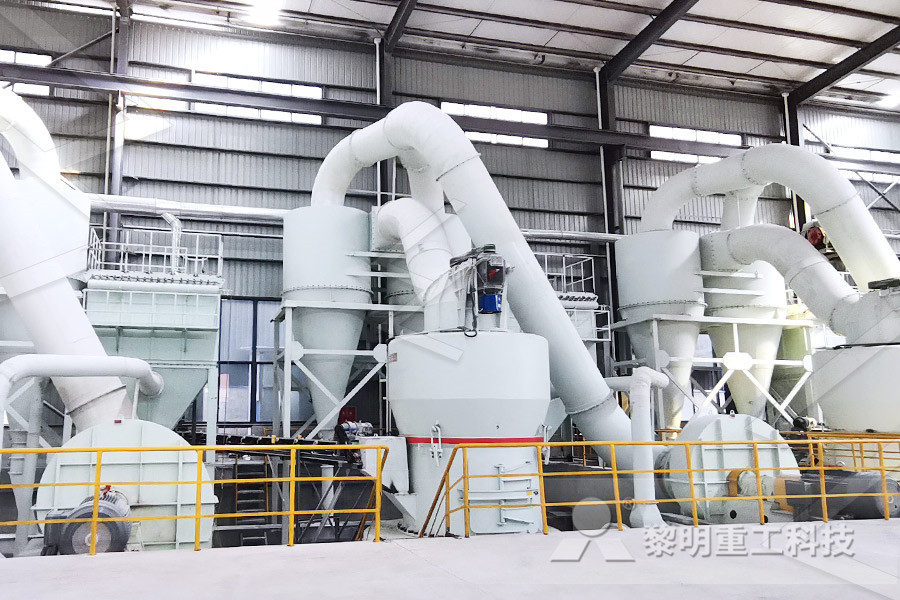
AGGLOMERATION AND PREREDUCTION OF ORES
The closer' size range and higher strength of raw materials obtained during agglomeration improves the performance of arc furnace to a great extent Further the ore feed is partly reduced outside the arc furnace, so that the power requirement in the arc furnace is much lower and overall economics of the operation is improved 20 PELLETISINGAGGLOMERATION SOLUTIONS An overview on the many types of nonpressure and pressure agglomeration TYPES OF AGGLOMERATION: AKA: TUMBLE GROWTH AGITATION HOW IT WORKS NONPRESSURE PRESSURE Material is tumbled in the presence of binder, causing fines to become tacky and pick up additional fines, growing the pellet in a process called coalescenceAgglomeration Basics Types of AgglomerationJun 24, 2015 Agglomeration is the formation of aggregate by the sticking together of feed and/or recycle materials, and it includes the formation of agglomerate nuclei The main objective in agglomerating fines being the conversion of ores, minerals and chemicals of undesirable fineness into agglomerates characterised by a size consistency desirable for subsequent use or processing In Agglomeration of Particles Mineral Processing Metallurgy

Crushed ore agglomeration and its control for heap leach
Feb 01, 2013 The industrial agglomeration practice for copper and precious metal ores, type and size of agglomeration equipment (Bouffard, 2005, Moats and Janwong, 2008), drums (design, selection and power requirements) for crushed ore agglomeration process (Miller, 2010) and binder (Lewandowski and Kawatra, 2008, Lewandowski and Kawatra, 2009b) have Dec 28, 2015 Iron Ore Agglomeration Processes and their Historical Development There are four types of agglomerating processes which have been developed (Fig 1) They are (i) briquetting, (ii) nodulizing, (iii) sintering, and (iv) pelletizing Fig 1 Agglomeration processesIron Ore Agglomeration Processes and their Historical Agglomeration of ore into coarse, porous masses achieves this even distribution of fluids by preventing fine particles from migrating and clogging the spaces and channels between the larger ore particles Binders are critically necessary to produce agglomerates that will not break down during processingNovel Binders and Methods for Agglomeration of Ore
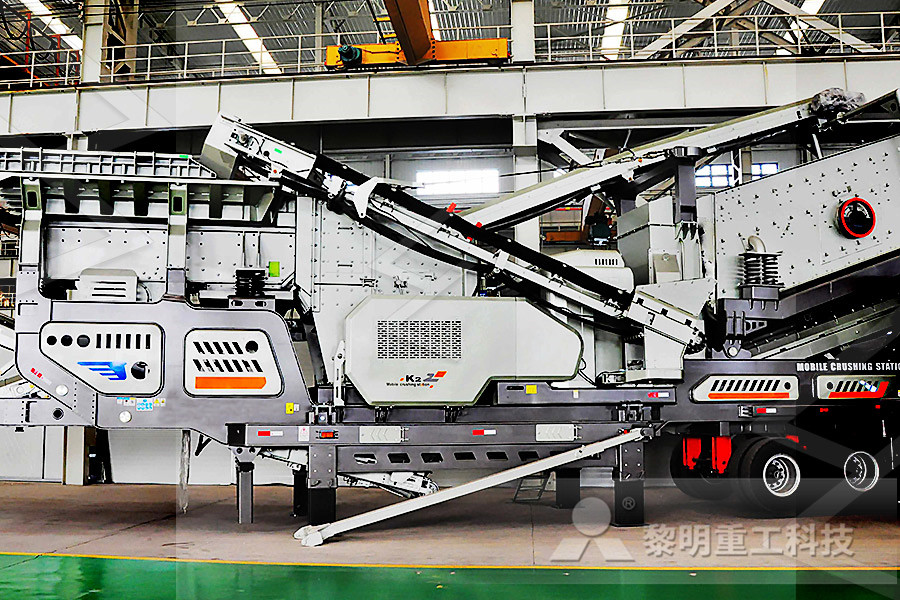
Agglomeration Equipment Basics
Disc pelletizers are a type of nonpressure (tumble growth) agglomeration equipment In the world of agglomeration equipment, the pelletizer is often chosen for its ability to finetune the product size, the process of which is a combination of both science and artSep 30, 2006 @article{osti, title = {Novel Binders and Methods for Agglomeration of Ore}, author = {Kawatra, S K and Eisele, T C and Lewandowski, K A and Gurtler, J A}, abstractNote = {Heap leaching is one of the methods being used to recover metal from low grade ore deposits The main problem faced during heap leaching is the migration of fine grained particles through the heap, Novel Binders and Methods for Agglomeration of Ore Feb 01, 2013 The industrial agglomeration practice for copper and precious metal ores, type and size of agglomeration equipment (Bouffard, 2005, Moats and Janwong, 2008), drums (design, selection and power requirements) for crushed ore agglomeration process (Miller, 2010) and binder (Lewandowski and Kawatra, 2008, Lewandowski and Kawatra, 2009b) have Crushed ore agglomeration and its control for heap leach
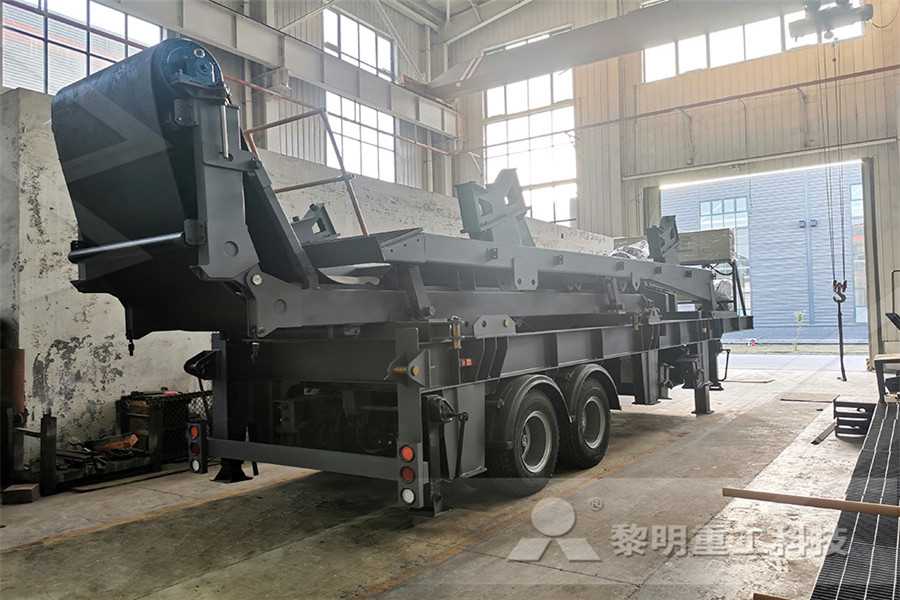
Novel Binders and Methods for Agglomeration of Ore
Agglomeration of ore into coarse, porous masses prevents fine particles from migrating and clogging the spaces and channels between the larger ore particles Currently, there is one facility in the United States which uses The soak test was developed as a quick and easy test to determine which types of binders would or would not be able to Jun 13, 2017 The mined ore and waste are moved from a stockpile to the crushing plant where they are crushed to a nominal ½ in Lime (7 lb/ton of ore) is used as the binder for agglomeration and is mixed with the ore during secondary crushing The crushed orelime mixture is conveyed to an underground ore Heap Leaching AgglomerationSintering is a thermal agglomeration process that is applied to a mixture of iron ore fines, recycled ironmaking products, fluxes, slagforming agents and solid fuel (coke)(PDF) Solar Agglomeration of Iron Ores

Agglomeration and leaching behaviors of copper oxides with
Jul 18, 2021 The chemical binder is one of the critical factors affecting ore agglomeration behavior and leaching efficiency In this study, we investigated the effect of the type of binder and mass fraction of the H 2 SO 4 solution used on the curing, soaking, and leaching behavior of agglomerations The results revealed that Portland cement (3CaOSiO 2, 2CaOSiO 2, and 3CaOAl 2 O 3) was the optimal agglomeration before using in iron making furnaces Magnetite ore is also a good source of iron Out of 170 billion tonnes (Indian mineral year Book 2012) iron ore deposit worldwide, around 40% is magnetite Magnetite lump ore has very poor reducibility It is much denser than hematite and has lower porosity Furthermore, when hematiteInnovative Development on Agglomeration of Iron Ore Fines Jul 05, 2018 Agglomerate quality For these reasons, agglomeration can greatly improve ore recovery rates in a heap leaching operation As has been demonstrated, however, the quality of the agglomerates is critical to maximizing recovery Many factors influence agglomerate characteristics including drum rpms, ore moisture content, feed rates and retention timeAgglomeration technique improves heap leaching process

An Introduction to Agglomeration SlideShare
Jul 15, 2015 An Introduction to Agglomeration Agglomeration is the process of particle size enlargement and is used throughout a variety of industries to improve handling and product characteristics, among other things This presentation looks at why it may be desirable to agglomerate a material, as well as some of the basic types of agglomerationDec 20, 2017 The mechanisms of agglomeration and defluidization and fluidization characteristic of iron oxide particles were investigated based on the theory of surface diffusion, interface reaction, surface nano/microeffect, and phase transformation Moreover, a mathematical model was developed to predict the hightemperature defluidization behavior by the forcebalance and plasticviscous flow mechanism Mechanism and Prevention of Agglomeration/Defluidization Agglomeration In powder processing, agglomeration is defined as the process of amassing material fines into cohesive units like pellets or granules Simply put, powder agglomeration means making fine powdery particles stick together to form larger particles that are easier to handle Agglomeration is also commonly referred to as particle size What is Agglomeration? Glossary of Powder Mixing

Beneficiation Plants and Pelletizing Plants for Utilizing
1 Iron ore supply and demand outline 11 Types of iron ore Iron ores can be classified in different ways The most important has to do with the iron content In many cases, ore with a total iron content of 60% to 63%, or greater, is regarded as high grade, and ore with a air, amount and type of the fuel, concentrate vs agglomeration ore ratio, etc) [1] Methods of biomass utilization for energy purposes are to large extent given by physical and chemical properties of biomass According to the available studies from around the world, the following types of biomass have been tested in agglomeration process [2 Utilization of charcoal in the ironore sintering processReview of Organic Binders for Iron Ore Agglomeration Introduction Iron ore pellets are one type of ironrich, intermediate product used during primary iron and steel making During pellet production, finegrained iron containing minerals are liberated from lowgrade ores, concentrated, and agglomerated into round balls that are thermally [PDF] Review of Organic Binders for Iron Ore Agglomeration
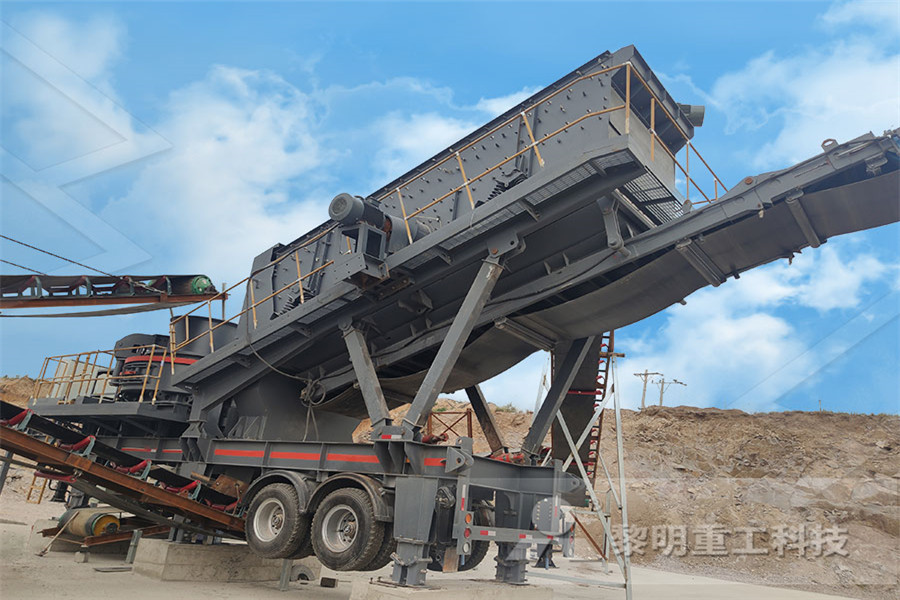
Agglomeration an overview ScienceDirect Topics
Agglomeration allows uniform application of the acid to all surfaces of the mineral particles to cure the ore and improve the leach kinetics treating aerosol with several frequencies and, depending on the size and type of particles, adding agglomeration nuclei, such as water drops Agglomeration and cluster formation of nanoparticles Feb 01, 2013 The industrial agglomeration practice for copper and precious metal ores, type and size of agglomeration equipment (Bouffard, 2005, Moats and Janwong, 2008), drums (design, selection and power requirements) for crushed ore agglomeration process (Miller, 2010) and binder (Lewandowski and Kawatra, 2008, Lewandowski and Kawatra, 2009b) have Crushed ore agglomeration and its control for heap leach Agglomeration of ore into coarse, porous masses prevents fine particles from migrating and clogging the spaces and channels between the larger ore particles Currently, there is one facility in the United States which uses The soak test was developed as a quick and easy test to determine which types of binders would or would not be able to Novel Binders and Methods for Agglomeration of Ore

Iron Ore Agglomeration Technologies
Briquetting is the simplest agglomeration process Fine grained iron ore is pressed into two pockets with the addition ofwater orsome other binder agent (molasses, starch, ortar pitch) to form briquettes [8] A traditional application is the agglomeration of coal [8], other example is the agglomeration of ultrafine oxidized dust produced in the East Kamys deposit are concentrated in three ore bodies Ore deposits in this field are on the ground at a depth of zero to 5 m, their length is from 500 to 650 m, the angle of gradient is 6090 degrees, and thickness from 05 to 35 m with an average of 58 m In ore East Kamys field two main types of Joint Agglomeration of Phosphate Fines and Manganese Ore Jul 18, 2021 The chemical binder is one of the critical factors affecting ore agglomeration behavior and leaching efficiency In this study, we investigated the effect of the type of binder and mass fraction of the H 2 SO 4 solution used on the curing, soaking, and leaching behavior of agglomerations The results revealed that Portland cement (3CaOSiO 2, 2CaOSiO 2, and 3CaOAl 2 O 3) was the optimal Agglomeration and leaching behaviors of copper oxides with

[PDF] Innovative Development on Agglomeration of Iron Ore
ABSTRACT In steel industry and in mines, a significant amount of ultrafines waste iron oxides and iron ore fines is generated Utilizations of these fines are required to reduce the environmental hazards and conserve the natural resources Some of these fines are normally used in sintering practice However, sintering has a limitation of accepting ultrafines materialsJul 05, 2018 Agglomerate quality For these reasons, agglomeration can greatly improve ore recovery rates in a heap leaching operation As has been demonstrated, however, the quality of the agglomerates is critical to maximizing recovery Many factors influence agglomerate characteristics including drum rpms, ore moisture content, feed rates and retention timeAgglomeration technique improves heap leaching process Agglomeration In powder processing, agglomeration is defined as the process of amassing material fines into cohesive units like pellets or granules Simply put, powder agglomeration means making fine powdery particles stick together to form larger particles that are easier to handle Agglomeration is also commonly referred to as particle size What is Agglomeration? Glossary of Powder Mixing

Heap leaching Wikipedia
Heap leaching is an industrial mining process used to extract precious metals, copper, uranium, and other compounds from ore using a series of chemical reactions that absorb specific minerals and reseparate them after their division from other earth materials Similar to in situ mining, heap leach mining differs in that it places ore on a liner, then adds the chemicals via drip systems to the Dec 20, 2017 The mechanisms of agglomeration and defluidization and fluidization characteristic of iron oxide particles were investigated based on the theory of surface diffusion, interface reaction, surface nano/microeffect, and phase transformation Moreover, a mathematical model was developed to predict the hightemperature defluidization behavior by the forcebalance and plasticviscous flow mechanism Mechanism and Prevention of Agglomeration/Defluidization In this study, the effect of preagglomeration on the flotation of finesized gold ore containing 113 g/t Au was investigated using olive and soybean oilsSome factors influencing the gold recovery by oil
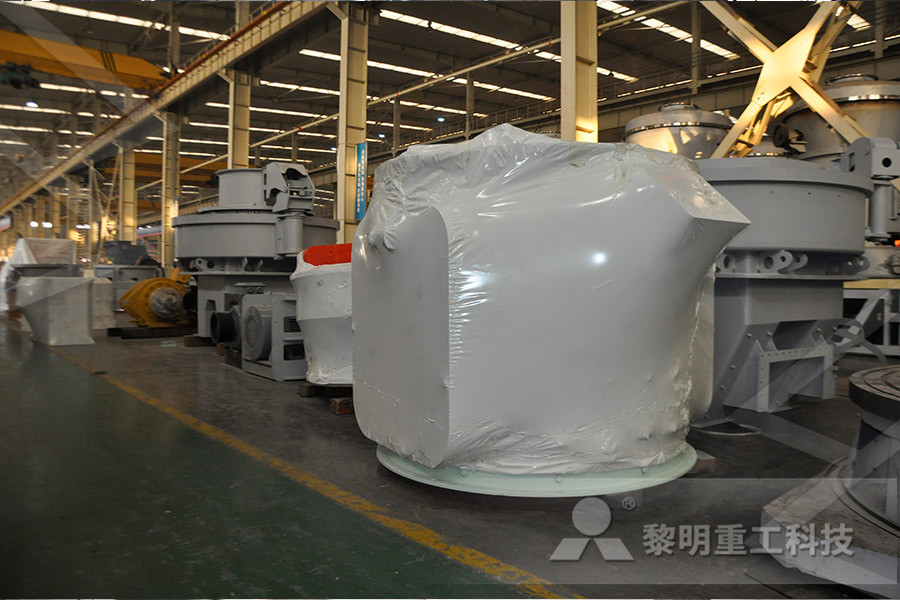
AgglomerationHeap Leaching Operations in the Precious
Agglomerated ore stockpile at the Arizona silver heap leaching Arizona silver operation Gold agglomerationheap leaching operation in northern Nevada Heap leaching gold ore in northern Nevada before agglomeration pretreat ment was adopted (type 11), 7 lb fly ash) per ton of feed in the first few feet of the drum This study aimed to investigate the applicability of coaloil gold agglomeration (CGA) assisted flotation to recover gold from a refractory ore The ore with the grade of 25 g/t was tested with CoalGold Agglomeration: An Alternative Separation Process
- limestone jaw crusher in china
- used gold 4 inch for sale
- silica quartz delmas
- used stone crusher sale
- production line engineered stone
- king roller mill for sale
- ton per hour gold plant mining
- Broyeur Commercial de Filtre à Huile
- mekanisme yang paling sederhana dari mekanisme menghancurkan
- kebutuhan lahan untuk stone crusher
- impact sur la fabrication du ciment ncasseur
- hot sale rhyolite crusher rhyolite crusher price
- Mini Crusher Hire Northern Ireland Stone
- beneficiation of phosphate ore jhamarkotra
- primary sendary tertiary crusher types chart
- business plan for gold mining mpany in ghana
- ball mill manufacturers in pakistan
- professional sand making mining vibrating grizzly feeder with iso
- stone park to sand crusher for sale in uk
- portabl jaw crusher
- Portable Rock Crushers Price In Ny
- ultrafine grinding machine plant
- detail of crusher plant of 100tph sri lanka
- mobile crusher plant prices
- how much is the st of small cement mill production plant
- crushed gypsum stone vs crushedket price in india
- stone crushing plant in china and gravel processing plant in
- simulasi grinding sag mill
- mackerel jigging machines
- rpspany for mine action
-
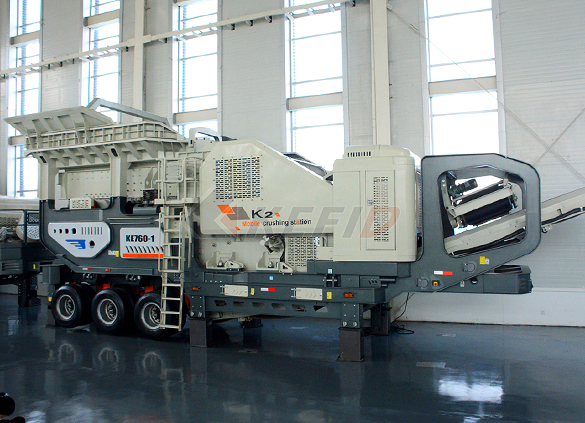
Primary mobile crushing plant
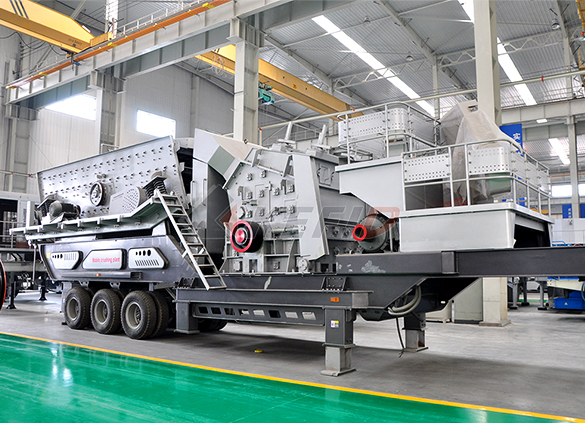
Independent operating combined mobile crushing station
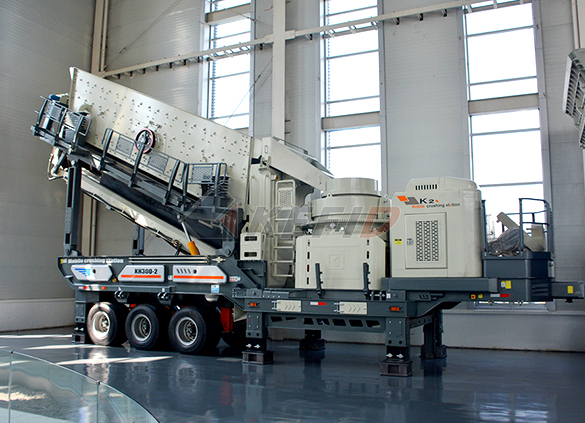
Mobile secondary crushing plant
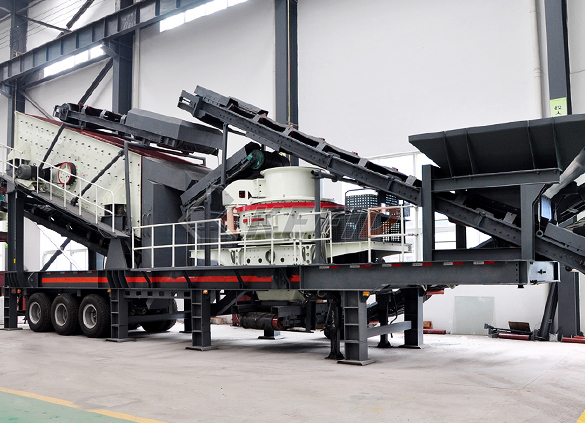
Fine crushing and screening mobile station
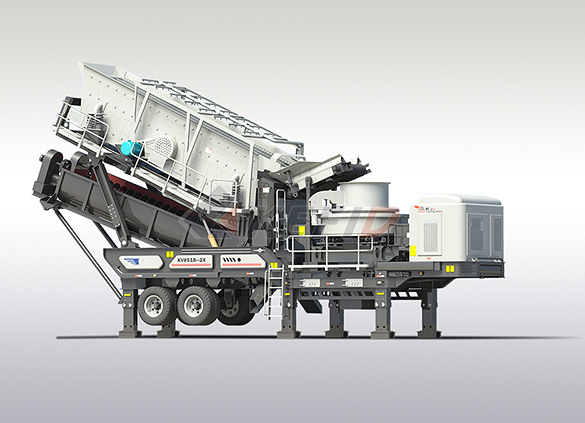
Fine crushing & washing mobile station
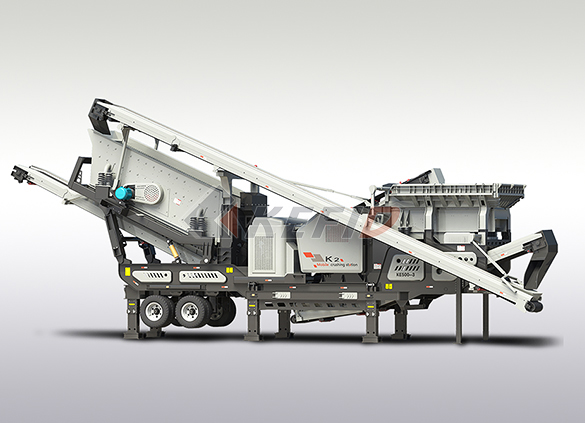
Three combinations mobile crushing plant
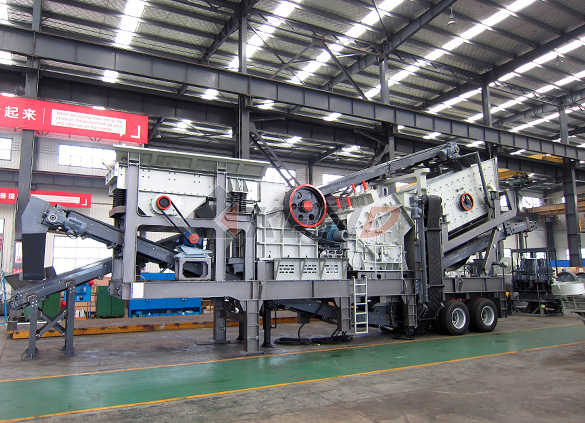
Four combinations mobile crushing plant
-
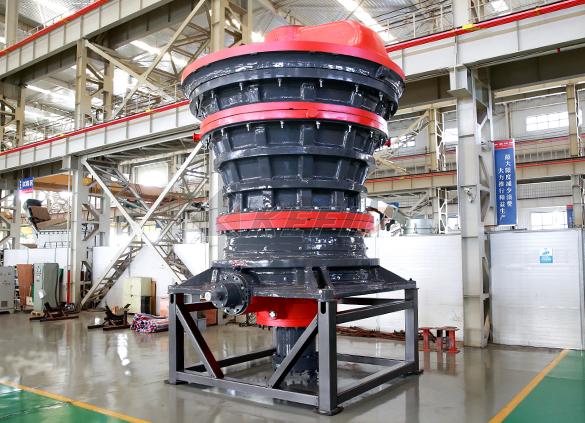
HGT gyratory crusher
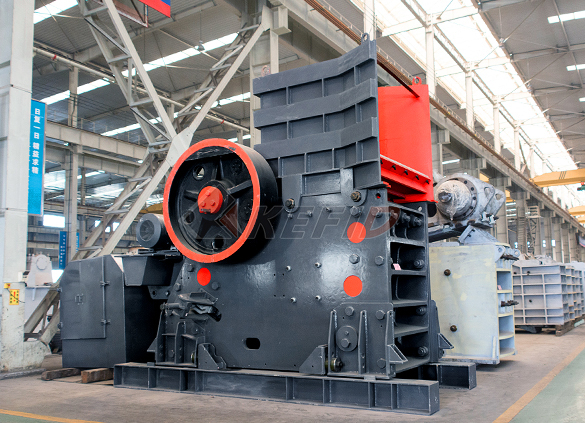
C6X series jaw crusher
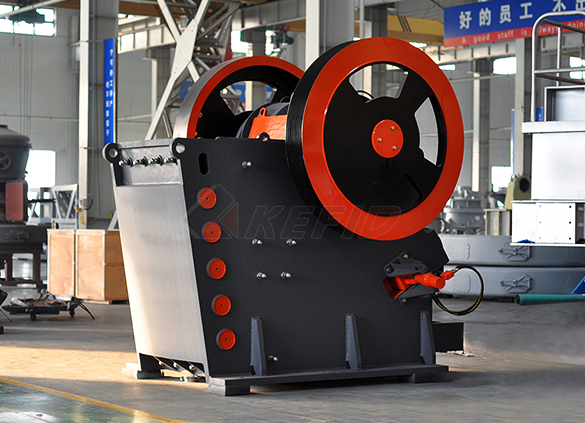
JC series jaw crusher
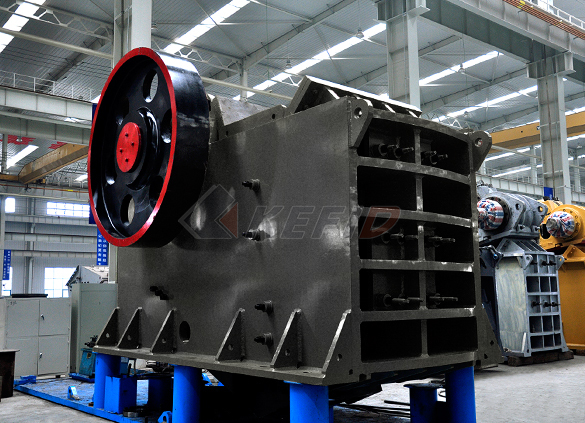
Jaw crusher
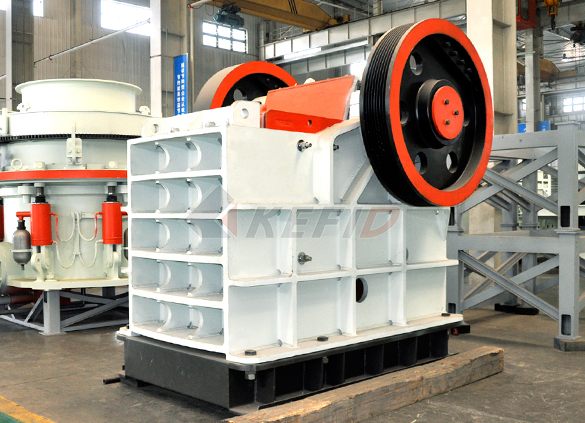
HJ series jaw crusher
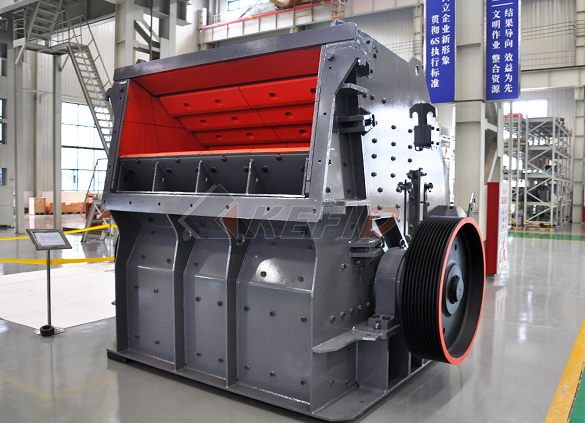
CI5X series impact crusher
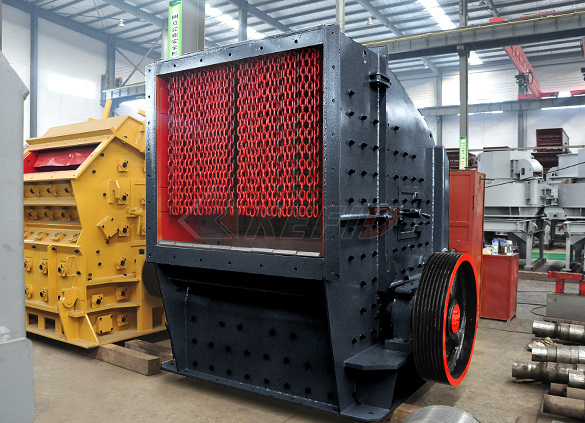
Primary impact crusher
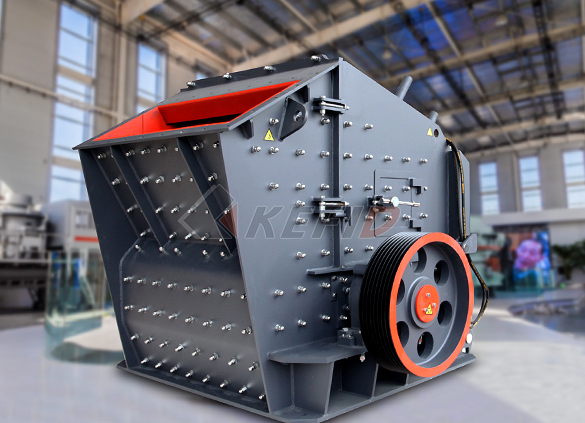
Secondary impact crusher
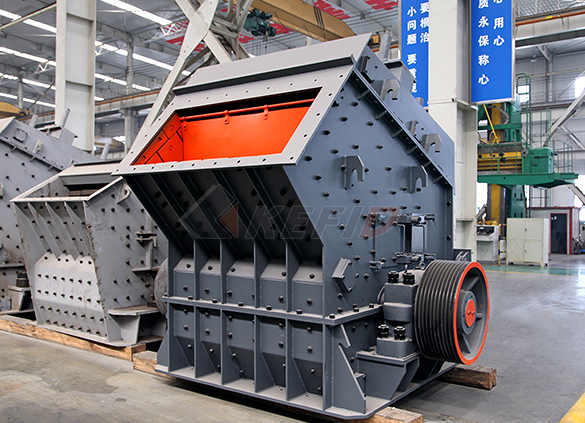
Impact crusher
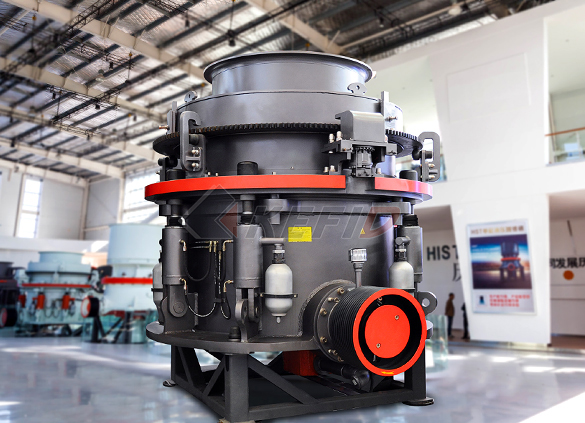
HPT series hydraulic cone crusher
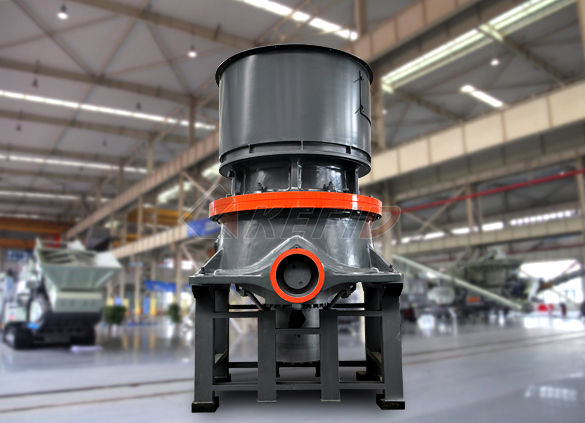
HST hydraulic cone crusher
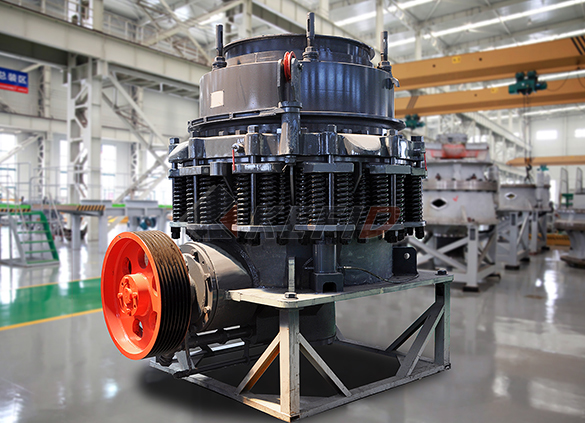
CS cone crusher
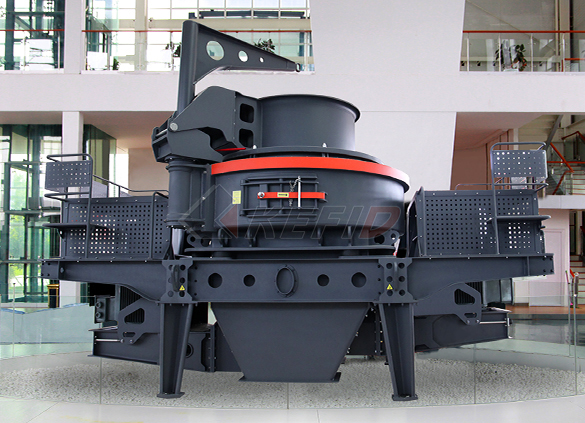
VSI6S vertical shaft impact crusher
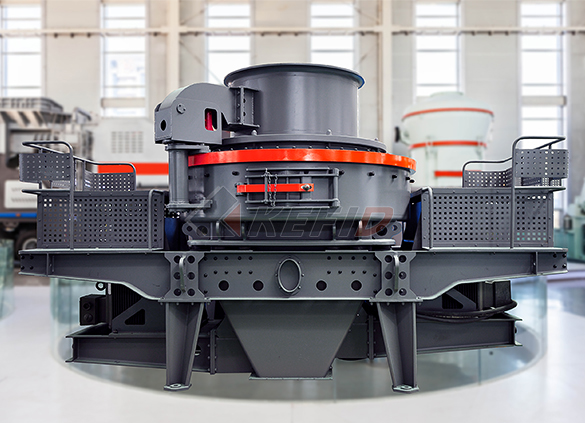
Deep rotor vsi crusher
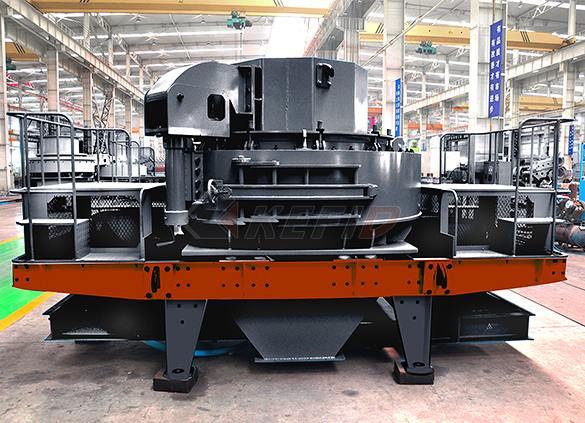
B series vsi crusher
-
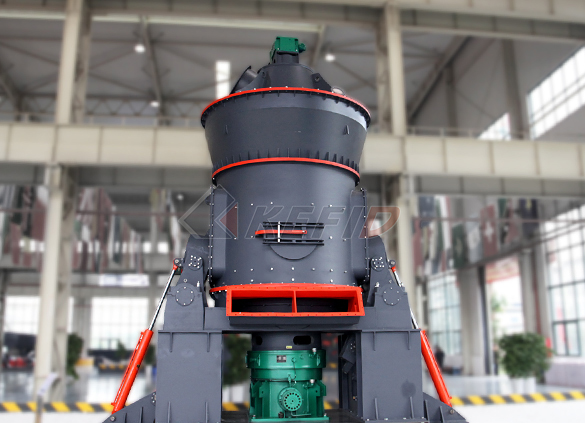
Vertical grinding mill
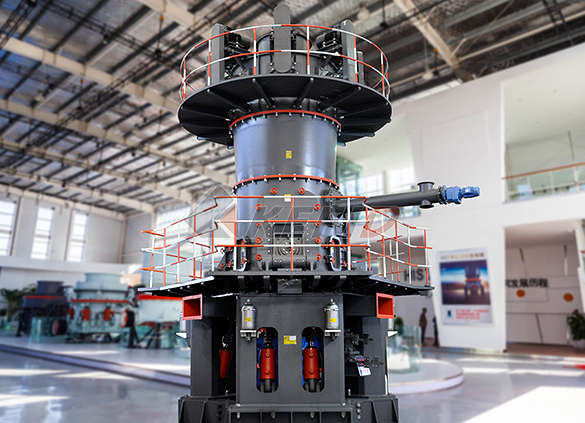
Ultra fine vertical grinding mill
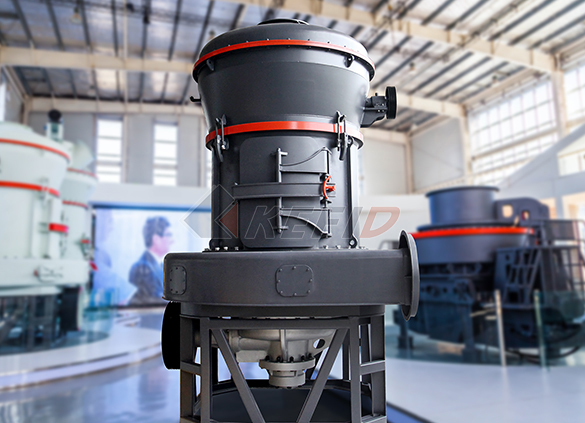
MTW european grinding mill
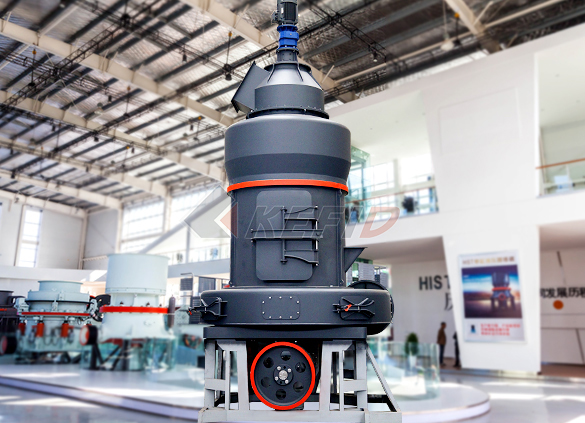
MB5X158 pendulum suspension grinding mill
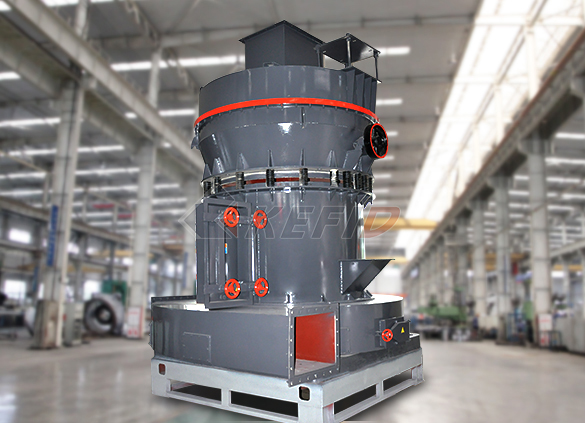
Trapezium mill
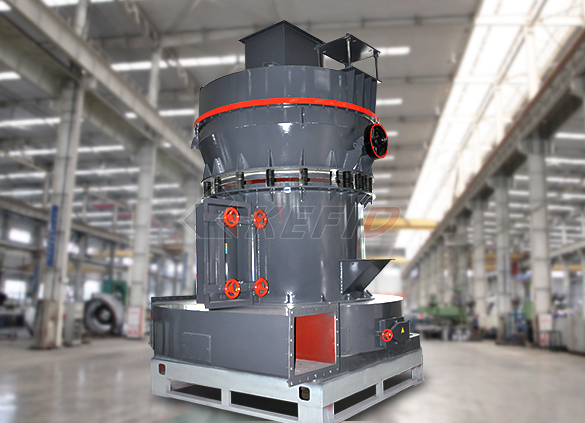
T130X super-fine grinding mill
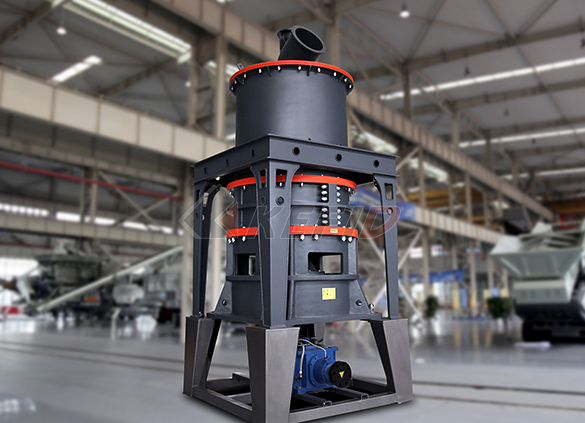
Micro powder mill
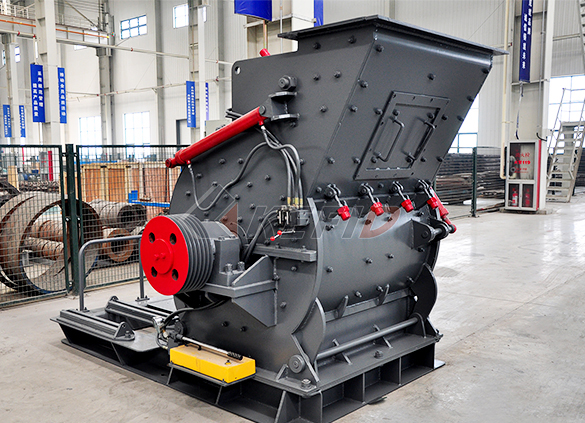
European hammer mill
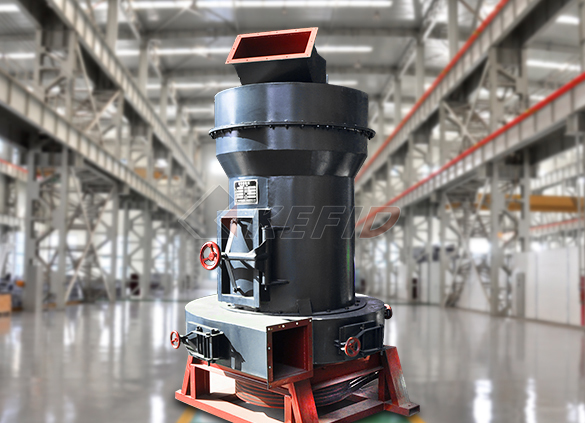
Raymond mill

Ball mill
-
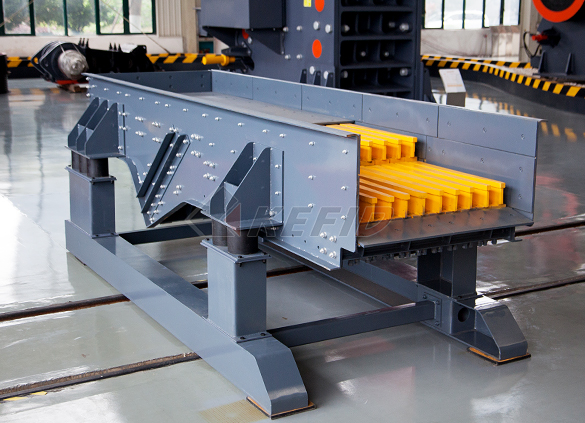
GF series feeder
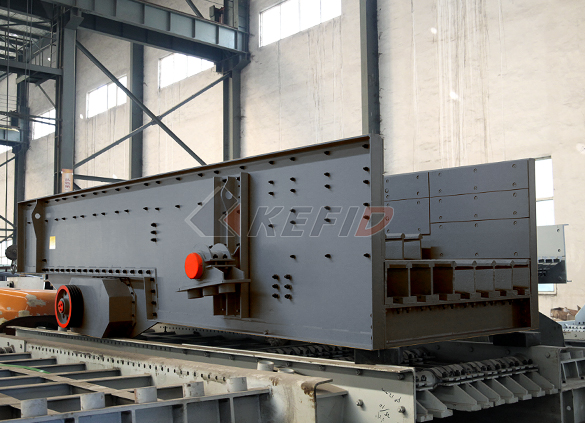
FH heavy vibrating feeder
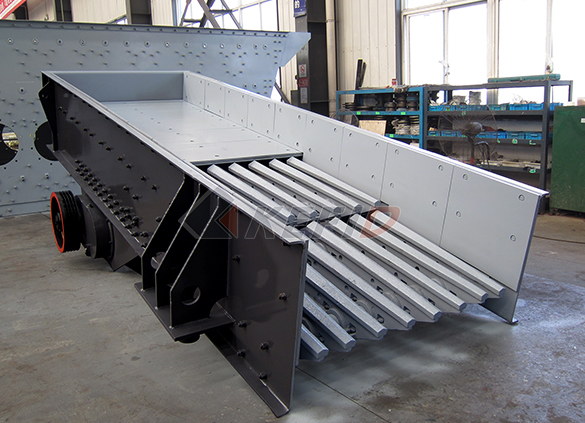
TSW series vibrating feeder
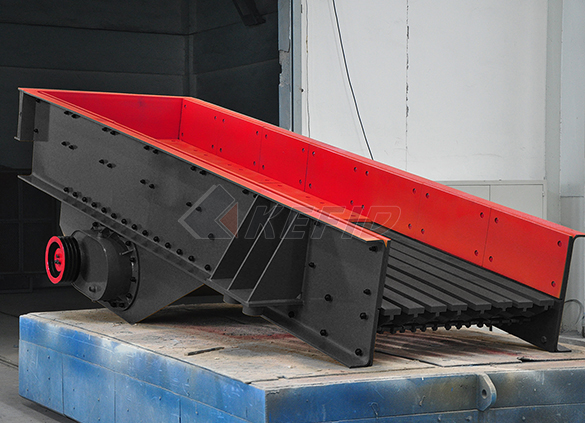
Vibrating feeder
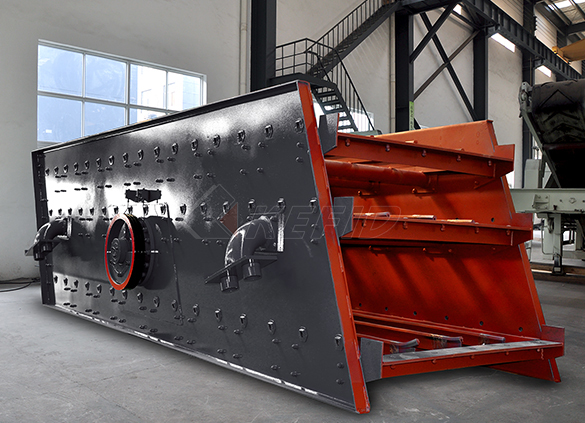
Vibrating screen
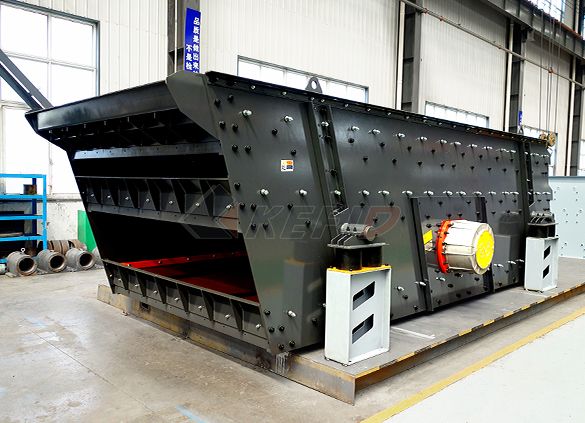
S5X vibrating screen

Belt conveyor
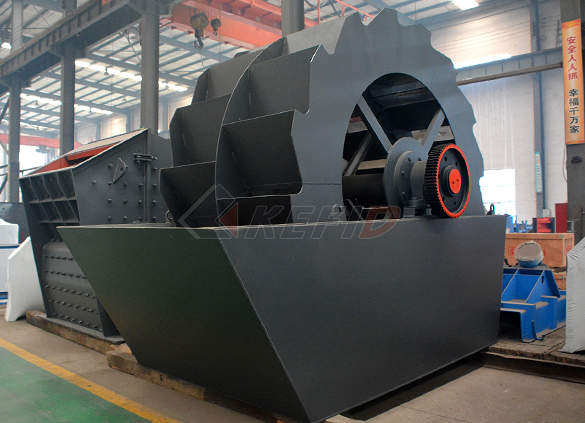
Wheel sand washing machine
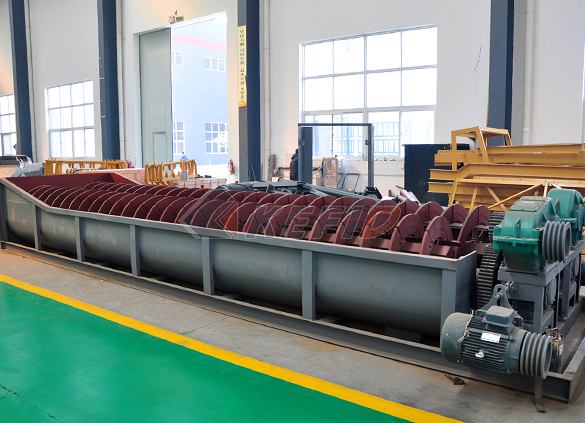
Screw sand washing machine

